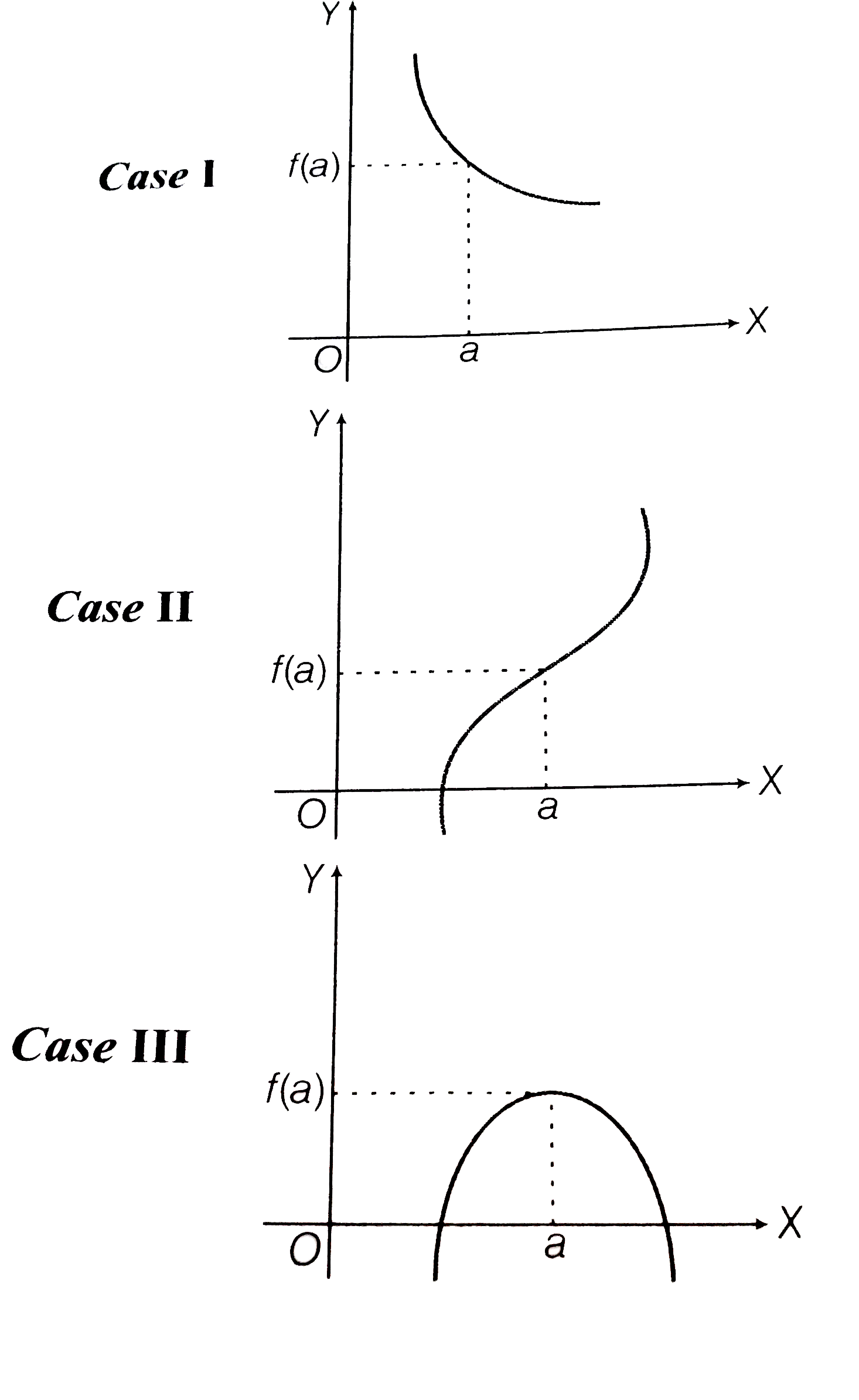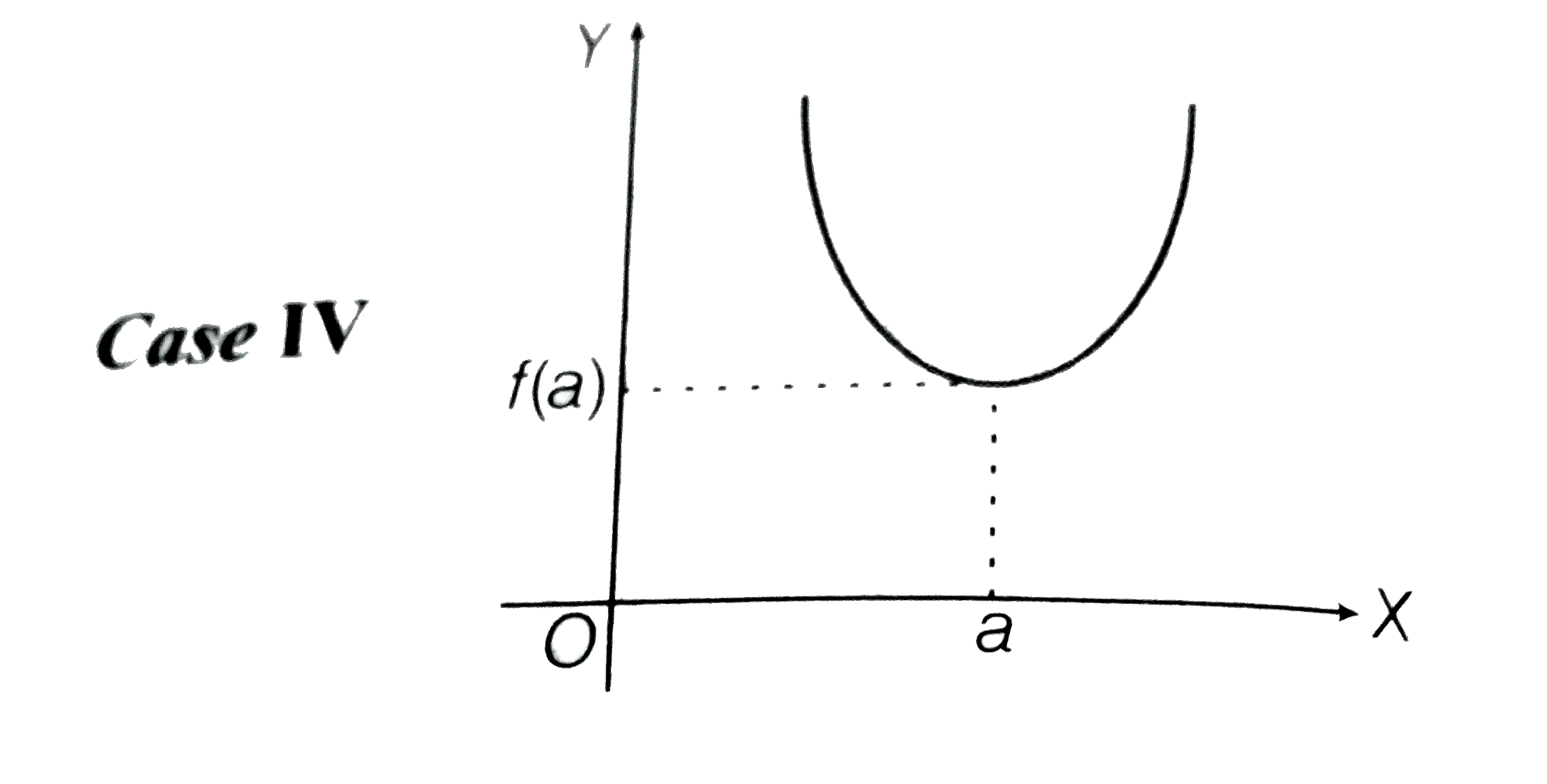The value of limx→1y3x3−y2−1 as (x,y)→(1,0) along the line y=x−1 isSolution in Punjabi
1
-1
0
Doesn't exist
Step by step video & image solution for The value of lim_(x->1) y^3/(x^3-y^2-1) as (x, y)-> (1, 0) along the line y = x -1 is by Maths experts to help you in doubts & scoring excellent marks in Class 12 exams.
Updated on:21/07/2023Topper's Solved these Questions
- LIMITSBOOK - ARIHANT MATHSCHAPTER - LIMITSEXERCISE - SOLVED EXAMPLES
1 Videos
- LIMITSBOOK - ARIHANT MATHSCHAPTER - LIMITSEXERCISE - Exercise (Single Option Correct Type Questions)
38 Videos
- INVERSE TRIGONOMETRIC FUNCTIONSBOOK - ARIHANT MATHSCHAPTER - INVERSE TRIGONOMETRIC FUNCTIONSEXERCISE - Exercise (Questions Asked In Previous 13 Years Exam)
8 Videos
- LOGARITHM AND THEIR PROPERTIESBOOK - ARIHANT MATHSCHAPTER - LOGARITHM AND THEIR PROPERTIESEXERCISE - Exercise (Questions Asked In Previous 13 Years Exam)
4 Videos
Similar Questions
To evaluate limx→a[f(x)], we must analyse the f(x) in right hand neighbourhood as well as in left hand neighbourhood of x=a. E.g. In case of continuous function, we may come across followign cases.


Iff(a) is an integer, the limit will exist in Case III and Case IV but not in Case I and Case II. If f(a) is not an integer, the limit exists in all the cases. ltbgt If f'(1)=−3 and limx→1[f(x)−12] does not exist, (where [.] denotes the greatest integer function), then
View Solutionlimx→0sin(πcos2(tan(sinx)))x2 is equal to
View SolutionIf α=3sin−1(611andβ=3cos−1(49), where the inverse trigonometric functions take only the principal values, then the correct options (s) is (are)
View SolutionIn Which quadrant Point (−2,−3) will be lie.
View SolutionIf (x)/(y)+(y)/(x)=-1,[x,y!=0], then find the value of x^(3)-y^(3)
View SolutionThe value of lim_(x rarr1)(y^(3))/(x^(3)-y^(2)-1) as (x,y)rarr(1,0) along the line y=x-1 is
View SolutionIF y=(1)/(1+x+x^(2)+x^(3)), then value of (d^(2)y)/(dx^(2)) at x=0 is
View Solution(x)/(y)+(y)/(x)=-1(where,x,y!=0) then find the value of x^(3)-y^(3)
View SolutionIf y=11+x+x2+x3, then the value of d2ydx2 at x=0 is -
View SolutionThe quadrilateral formed by the lines x+y−3=0,x−y+3=0,x+y+1=0,x−y−1=0 is
View SolutionFind the value of (x+y), if (x+y3x2)−1−(x2y+y2x)−1+(x3y2+y)−1=13
View SolutionFind the value of (x+y) ,if (x+y3x2)−1−(x2y+y2x)−1+(x3y2+y)−1=13
View SolutionThe factors of x3−1+y3+3xy are
(a) (x−1+y)(x2+1+y2+x+y−xy)
(b)(x+y+1)(x2+y2+1−xy−x−y)
(c)(x−1+y)(x2−1−y2+x+y+xy)
(d)3(x+y−1)(x2+y2−1)
View SolutionIf x≠y≠z and ∣∣xx21+x3yy21+y3zz21+z3∣∣=0 , then prove that xyz=−1 .
View SolutionFind the equations of the diagonals of the square formed by the lines x=0,y=0,x=1,y=1. a)y=x,y+x=1 b)y=x,x+y=2 c)2y=x, y+x=13 d)y=2x,y+2x=1
View SolutionIf the pair of lines xy−x−y+1=0 and the line ax+2y−3=0 are concurrent then a=
View Solution
